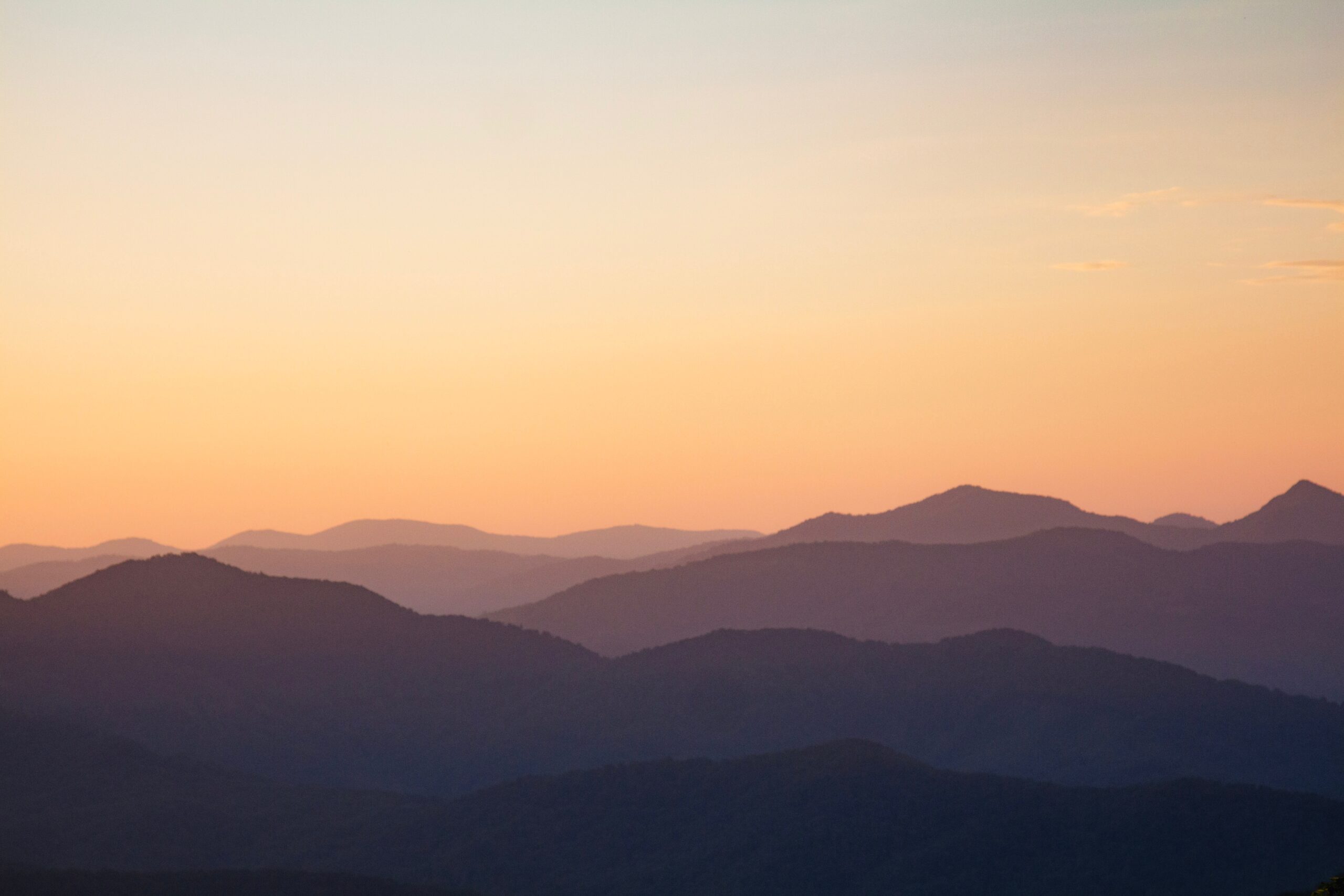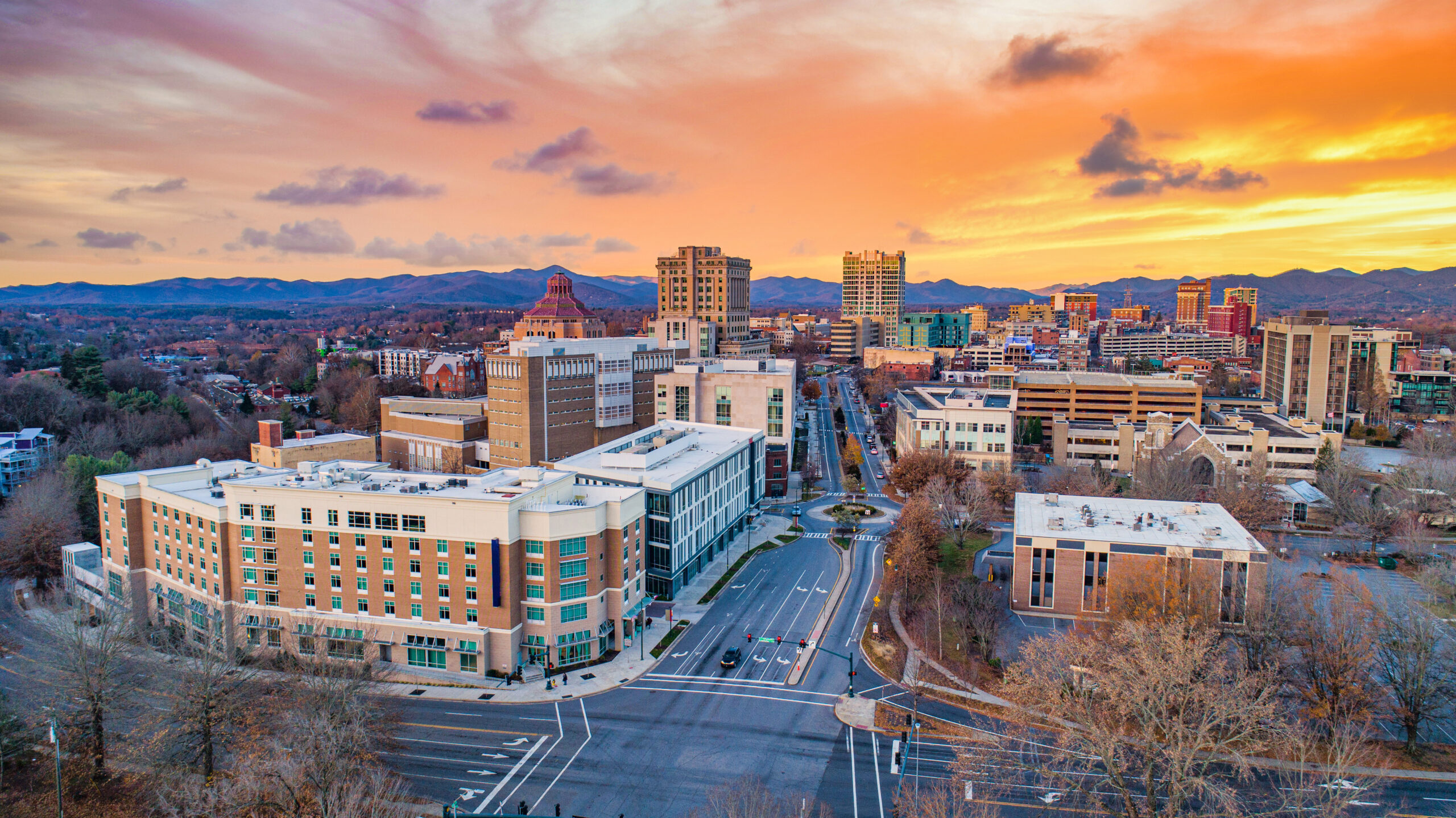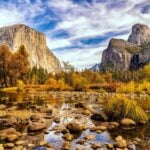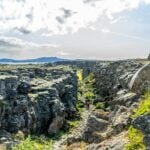Asheville is famous for the mountains and forests that surround it — and for the city’s incredible range of Art Deco architecture
Deep in the Blue Ridge Mountains of North Carolina is the city of Asheville. Surrounded by lush forests and waterfalls, the city is also famous for its fantastic range of Art Deco and Beaux Arts architecture. Asheville is also a hotspot for families, outdoor and art enthusiasts. The beautiful historic center is the result of a sudden bit of bad luck in the form of the Great Depression.
Downtown Asheville is full of history. The area held a Cherokee town before Europeans settled in 1784 and created a number of slave plantations. It was almost untouched during the Civil War, but when Union forces arrived they negotiated the freedom of hundreds of slaves. Asheville grew quickly after the war, and in the early twentieth century, many Art Deco buildings were constructed.
Then the Great Depression hit. Thanks to the incredible growth Asheville had seen at the start of the century, the city was in hocks of debt. Eight local banks collapsed. Because of this, there was little new construction until Asheville finally began to recover in the 80s. The Art Deco buildings built during the boom were never torn down and replaced. Asheville is now considered to hold one of the best collections of 1920s-period architecture in the United States and has been given the nickname: the Paris of the South.
Many of the buildings are designed to reflect the beautiful nature that surrounds the city
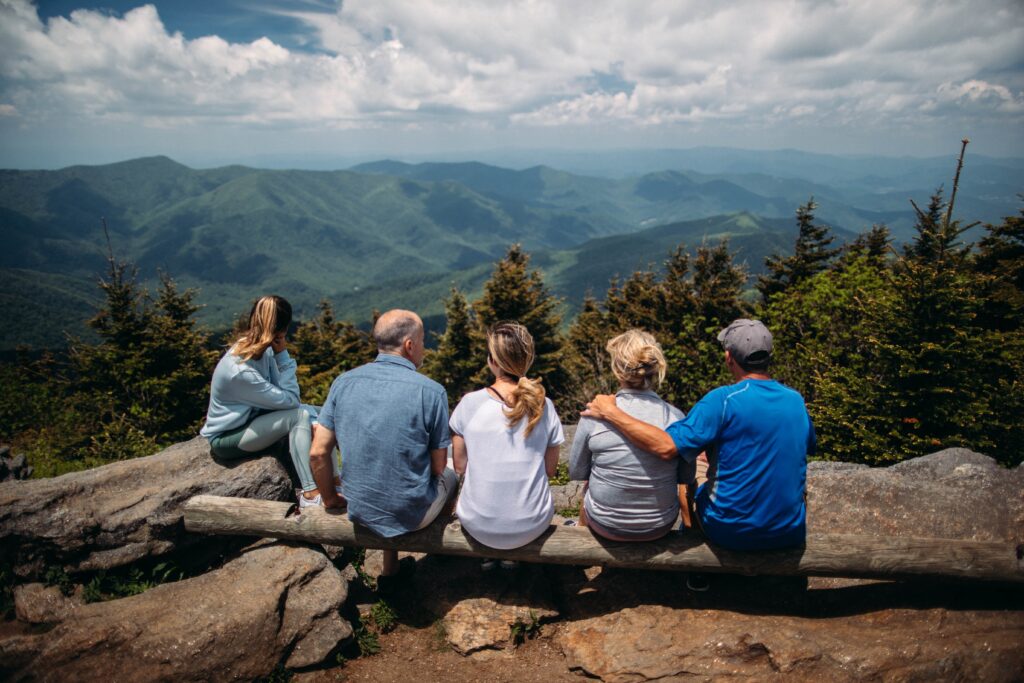
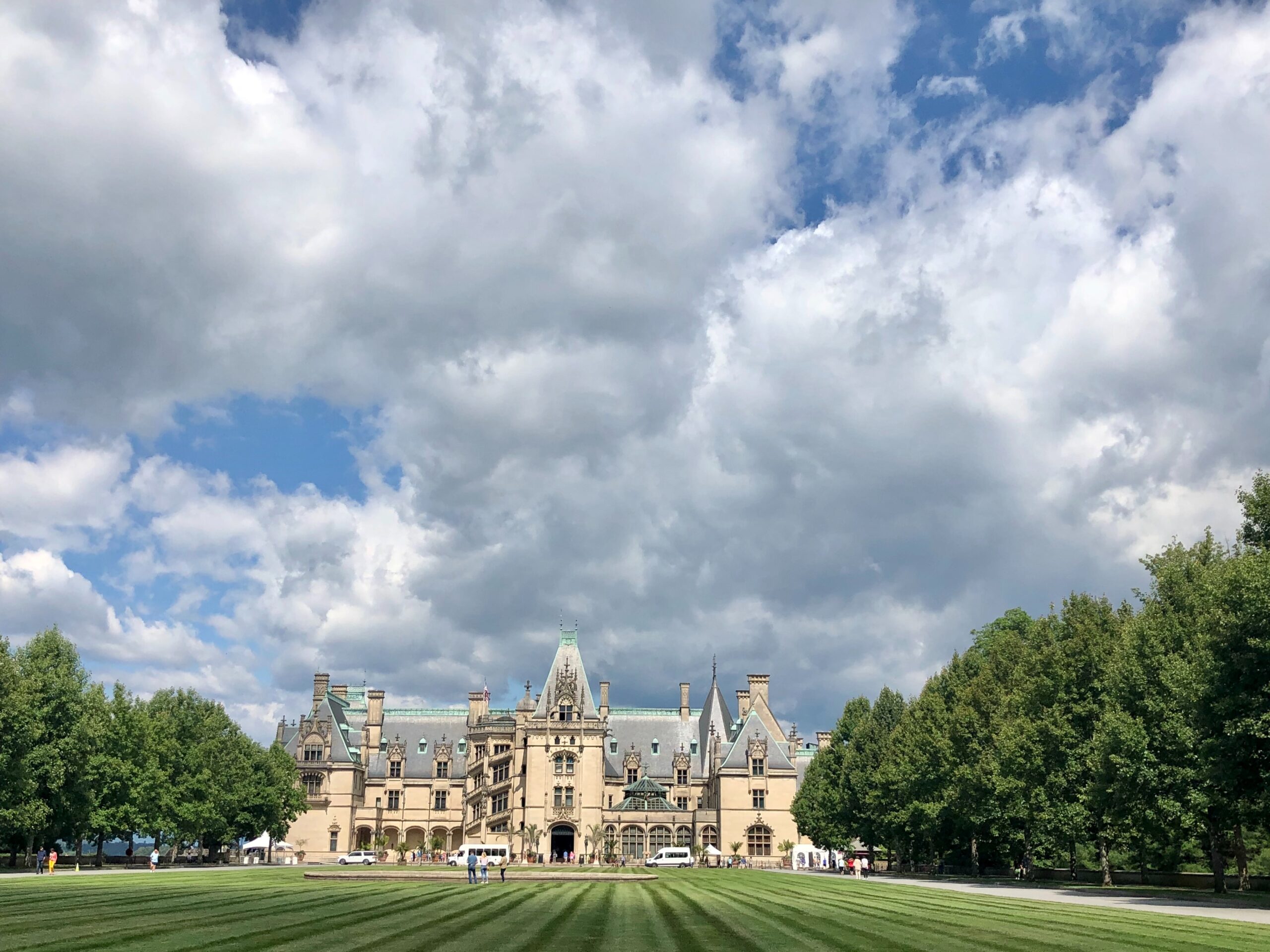
Learn the history of asheville on a Hop-on / Hop-off Trolley Tour
Some of the best examples of the city’s Art Deco buildings are the Kress Emporium, the City Building and the Basilica of St. Lawrence. The City Building was built between 1926 and 1928 and is a masterpiece. It was designed as a tribute to the Cherokee and early settlers and uses materials and motifs chosen to reflect the nature that surrounds the city. Constructed in 1928, the Kress Emporium was built by the retail magnate Samuel H Kress. He believed that each of his stores should also act as a work of public art.
The Basilica of St. Lawrence stands at the heart of Downtown. This was designed by the Spanish architect Rafael Gustavino, who believed that Asheville was in need of a much larger and grander church. Gustavino had previously worked upon the US Supreme Court, Grand Central Terminal and Carnegie Hall, among much more.
Gustavino and Richard Sharp Smith worked to build the Basilica in a Spanish Baroque Revival style entirely out of red brick and tile. No wood or steel was used in its construction. In the 1880s, Gustavino developed a unique Tile Arch System to create self-supporting arches and vaults from terracotta tiles and mortar.
This system can be seen as soon as you enter the Basilica. The dome, inspired by the Basilica de los Desamparados of Valencia, Spain, stretches across the ceiling and is thought to be the largest in North America. The beautiful statues that adorn the interior were carved in Italy and the stunning, incredibly elaborate stained glass windows were brought from Munich, Germany.
Another stunning church is the First Baptist Church in Downtown. This Art Deco and Beaux Arts-influenced structure was built between 1925–1927 by Douglas Ellington, who was responsible for many of Asheville’s incredible buildings. The four-story tall First Baptist Church has a huge dome and beautiful columned portico. The tiles on the dome move from a deep red to green to represent the changing of the seasons of the forests of the Blue Ridge Mountains.
